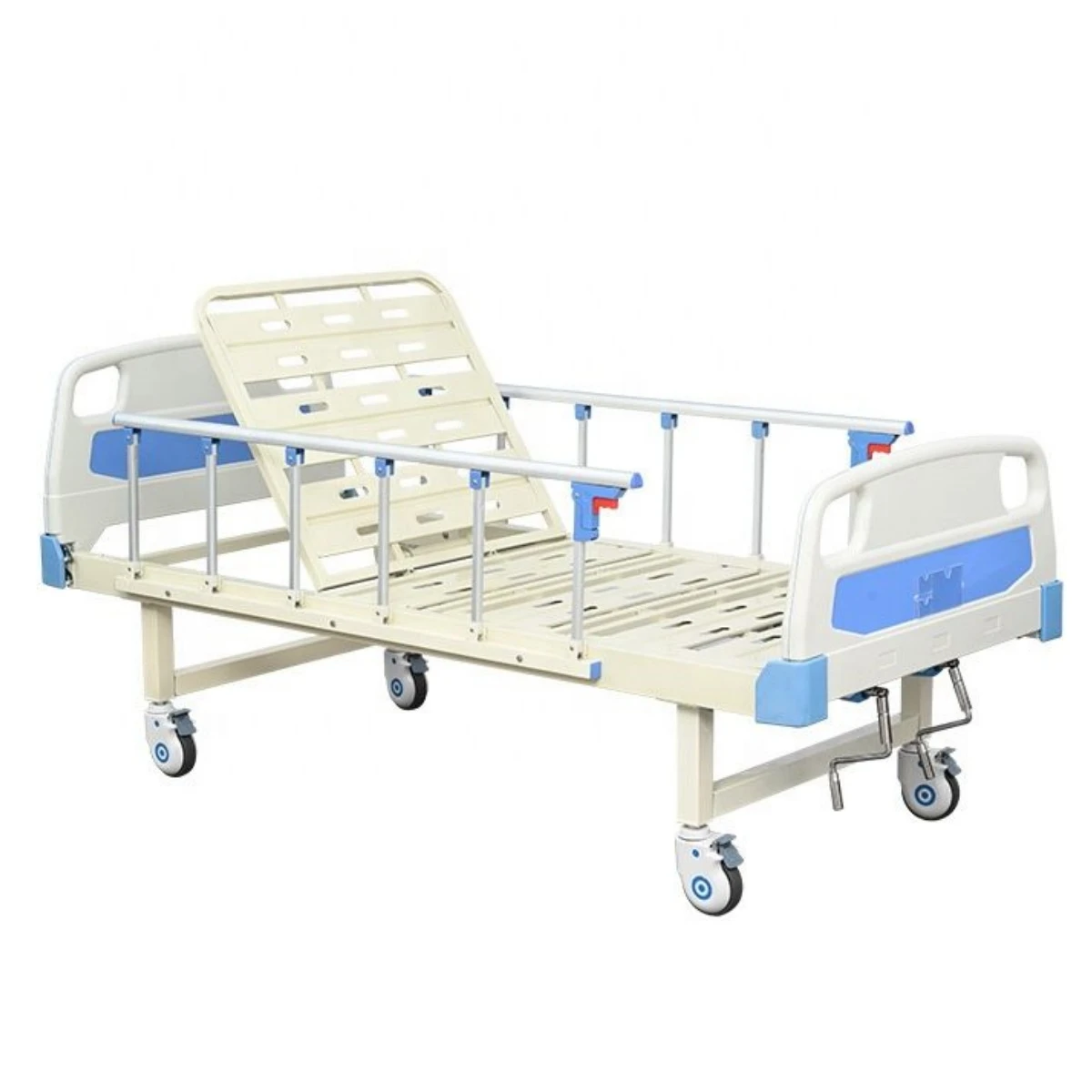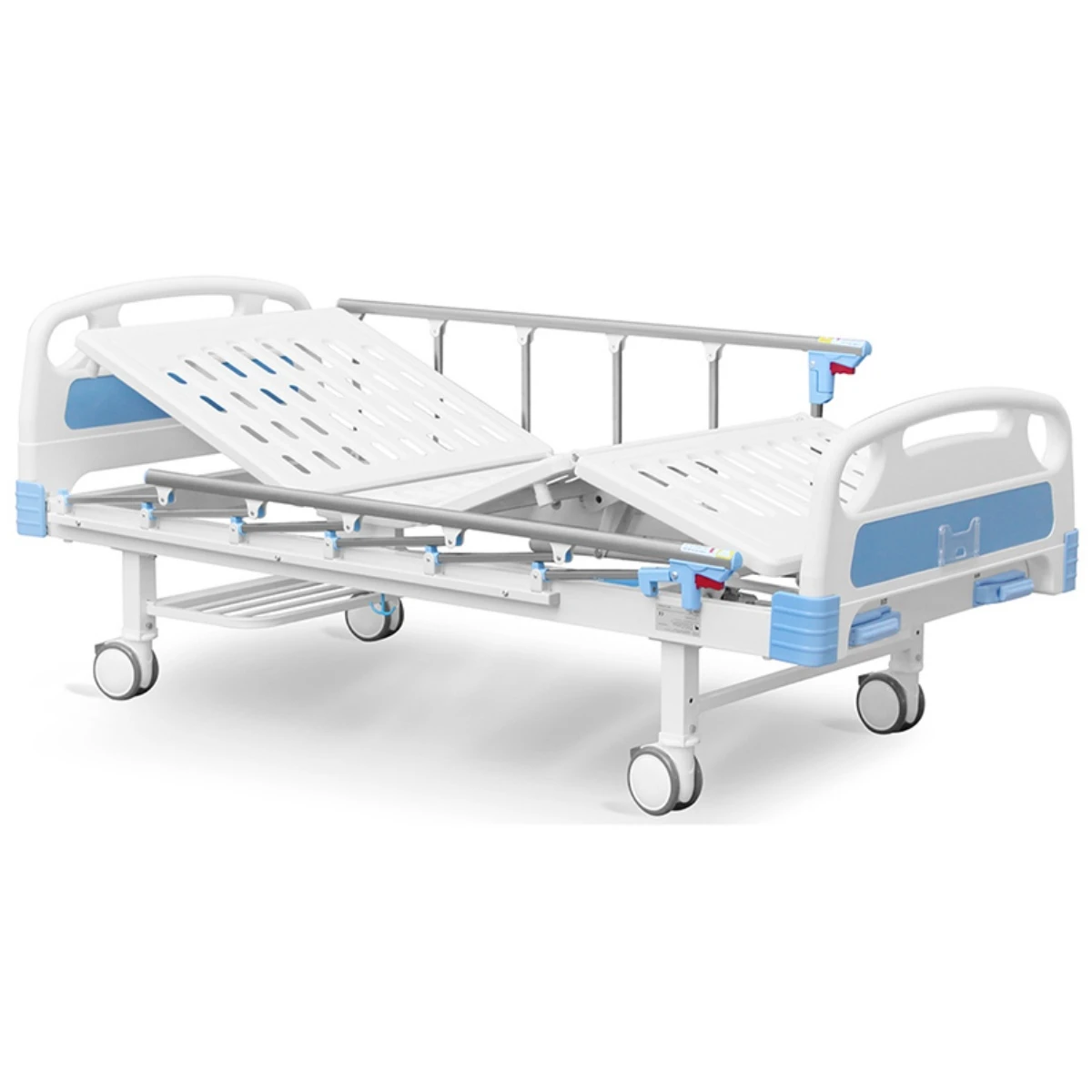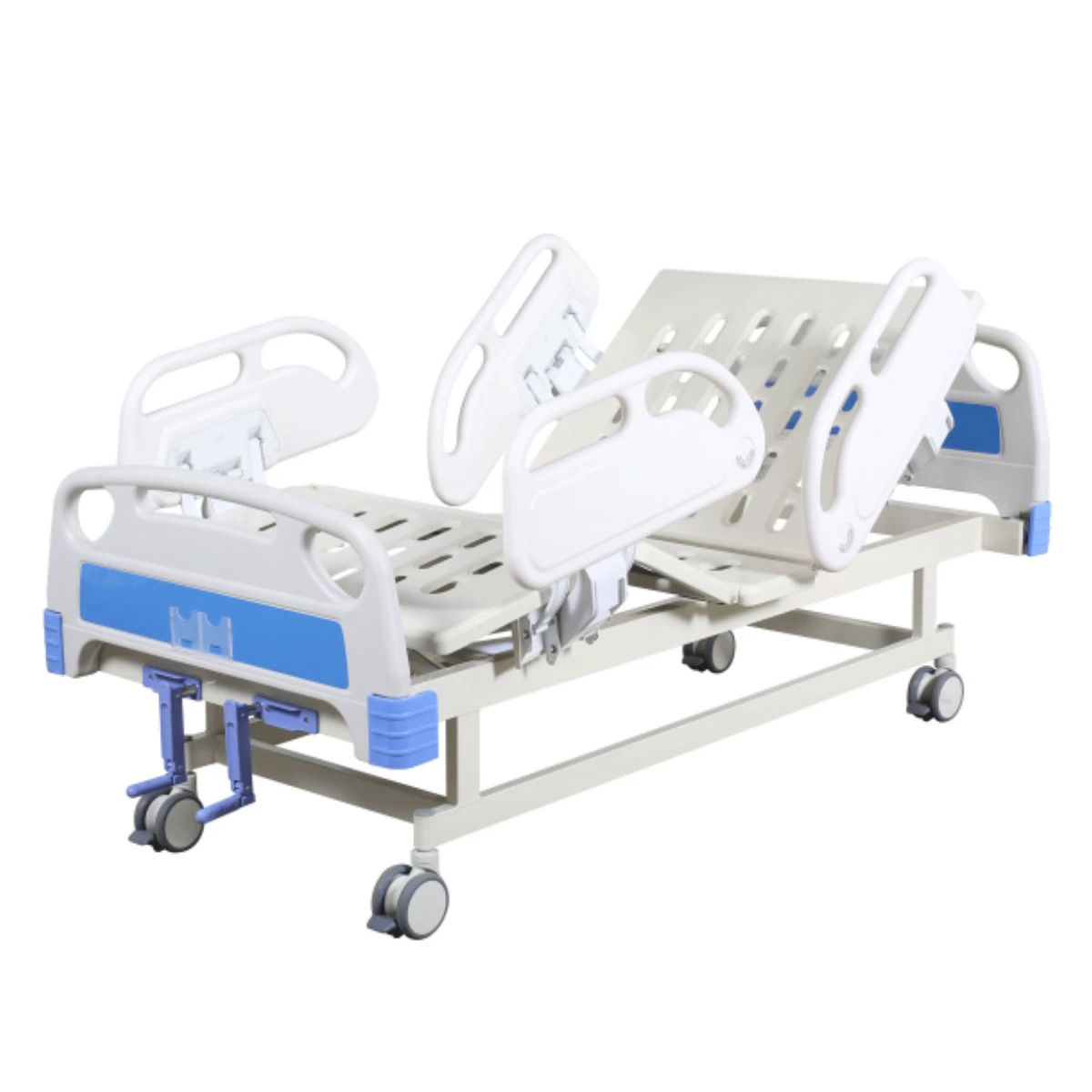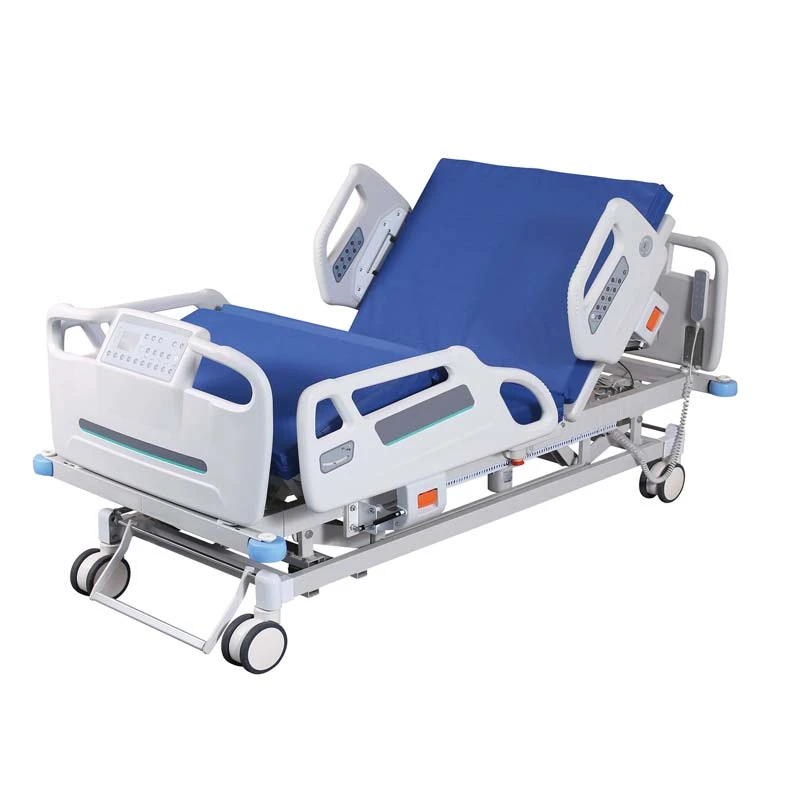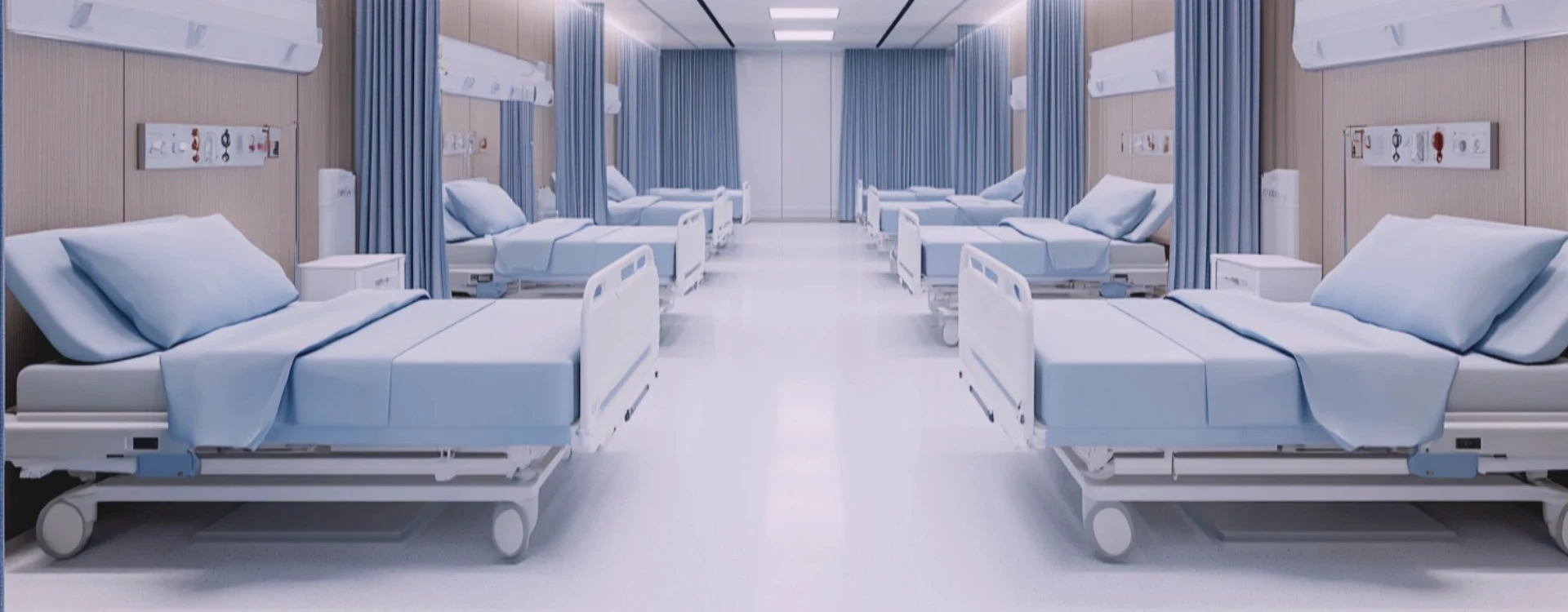
Hospital beds come in various types, each designed to meet specific medical needs and enhance patient comfort. Manual hospital beds require hand cranking to adjust height and bed positions, making them cost-effective but requiring more effort from caregivers. Semi-electric hospital beds feature motorized controls for head and foot adjustments, while height adjustments remain manual. Fully electric hospital beds allow complete control over all adjustments using a remote, providing maximum convenience for patients and caregivers. ICU beds are equipped with advanced monitoring systems, CPR functions, and adjustable side rails for critical care patients. Bariatric beds are wider and stronger, designed to support heavier patients safely. Pediatric hospital beds are specialized for children, featuring high safety rails and colorful designs. Low hospital beds are designed to minimize fall risks for elderly or high-risk patients. Airflow or alternating pressure beds are used for bedridden patients to prevent pressure ulcers. Specialty beds, such as obstetric or orthopedic beds, cater to specific medical treatments.
What Features Should A High-Quality Hospital Bed Have?
A high-quality hospital bed should offer durability, adjustability, and patient comfort. It should be constructed from sturdy, corrosion-resistant materials such as stainless steel or aluminum to ensure longevity. An adjustable height function allows easy patient access and facilitates caregiver assistance. The bed should have multiple positioning options, including head, foot, and Trendelenburg adjustments, to accommodate various medical conditions. Comfortable, pressure-relieving mattresses are essential for long-term patient care. Side rails with easy-lock mechanisms provide safety and prevent falls. Lockable caster wheels improve mobility while ensuring stability when needed. Remote or manual controls should be user-friendly for both patients and caregivers. An integrated IV pole, overbed table compatibility, and storage compartments enhance convenience. For ICU or specialized use, features such as CPR release, monitoring support, and weight sensors are beneficial. Additionally, an easy-to-clean, antibacterial surface helps maintain hospital hygiene and prevent infections.
How To Choose The Right Hospital Bed For A Healthcare Facility?
Choosing the right hospital bed depends on factors such as patient needs, functionality, and budget. First, determine the type of bed required based on patient conditions—whether a manual, semi-electric, or fully electric bed. For long-term or critical care patients, features such as adjustable positions, pressure-relieving mattresses, and side rails are crucial. If mobility is a concern, consider beds with easy transport features, such as lightweight frames and lockable wheels. Durability and ease of maintenance are important, so selecting beds with high-quality, rust-resistant materials ensures longevity. Space availability in the healthcare facility should also be considered, as some specialized beds require more room. Compliance with medical safety standards is essential to ensure reliability. Additional features like Trendelenburg positioning, built-in scales, or CPR release may be necessary for ICU or emergency settings. Investing in reputable brands with warranties and after-sales support ensures better service and maintenance options. Cost-effectiveness should also be evaluated, balancing affordability with essential features to provide optimal patient care.



 PDF
PDF